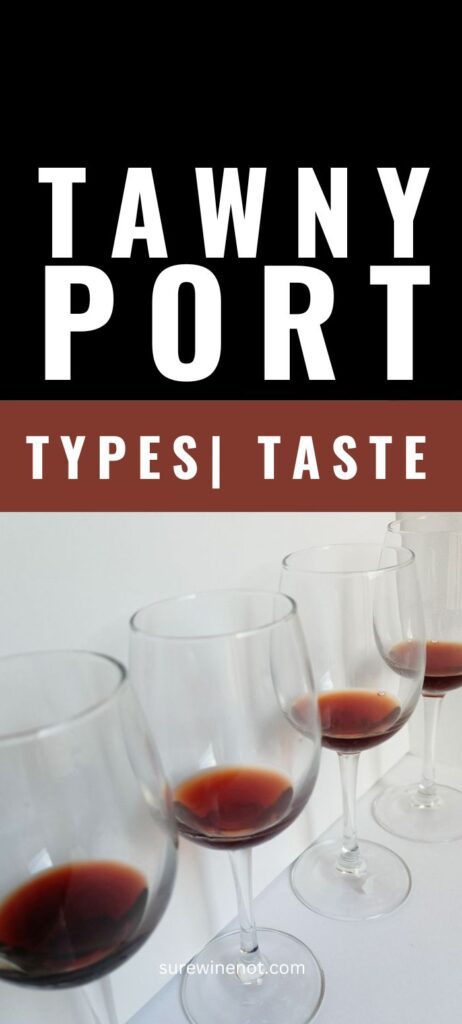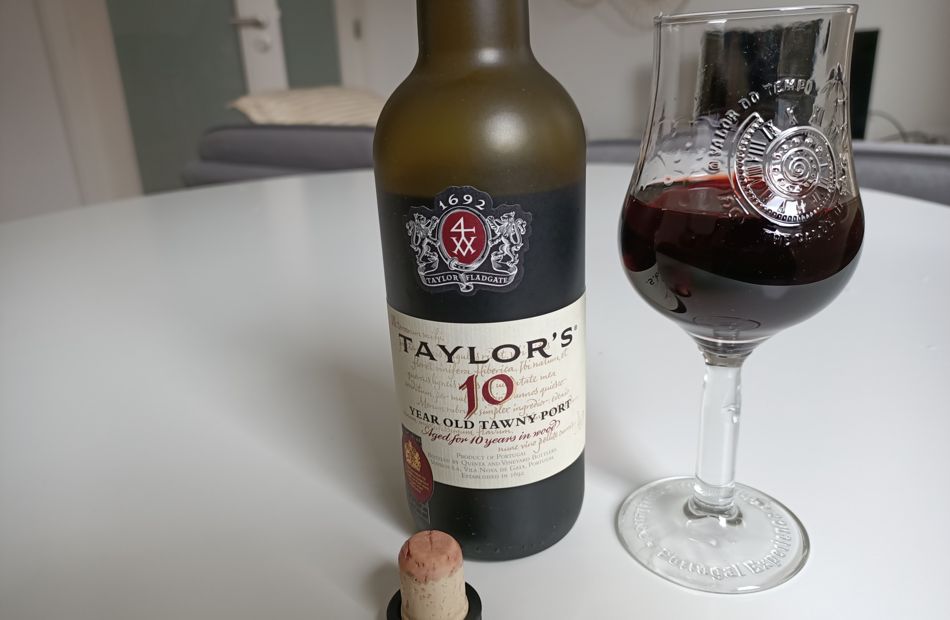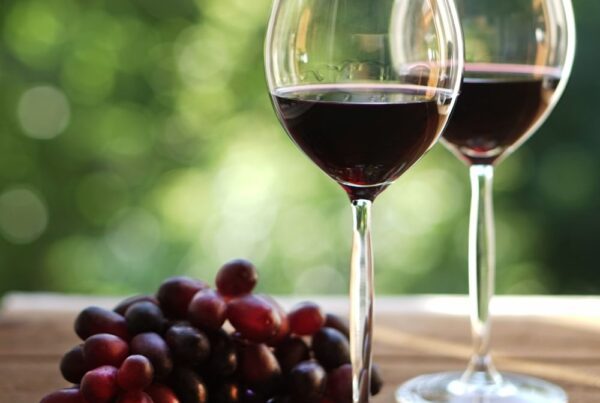In this article, you will learn what Tawny Port wine is and what it tastes like.
You will also learn about the different types of Tawny Port wine and how it is made.
Quick Answer: Tawny Port is a sweet, full-bodied fortified wine from Portugal that has oxidative flavors of dried fruit, walnuts, chocolate, coffee and caramel.
Contents
- 1 What is Tawny Port?
- 2 How Tawny Port wine is made
- 3 How Tawny Port is aged
- 4 Types/styles of Tawny Port wine
- 5 Fine Tawny Port
- 6 Tawny with indication of age
- 7 Reserve Tawny Port
- 8 Colheita Tawny
- 9 Tawny Port wine alcohol content
- 10 Tawny Port vs Ruby Port
- 11 How to serve Tawny Port
- 12 How to store Tawny Port wine
What is Tawny Port?
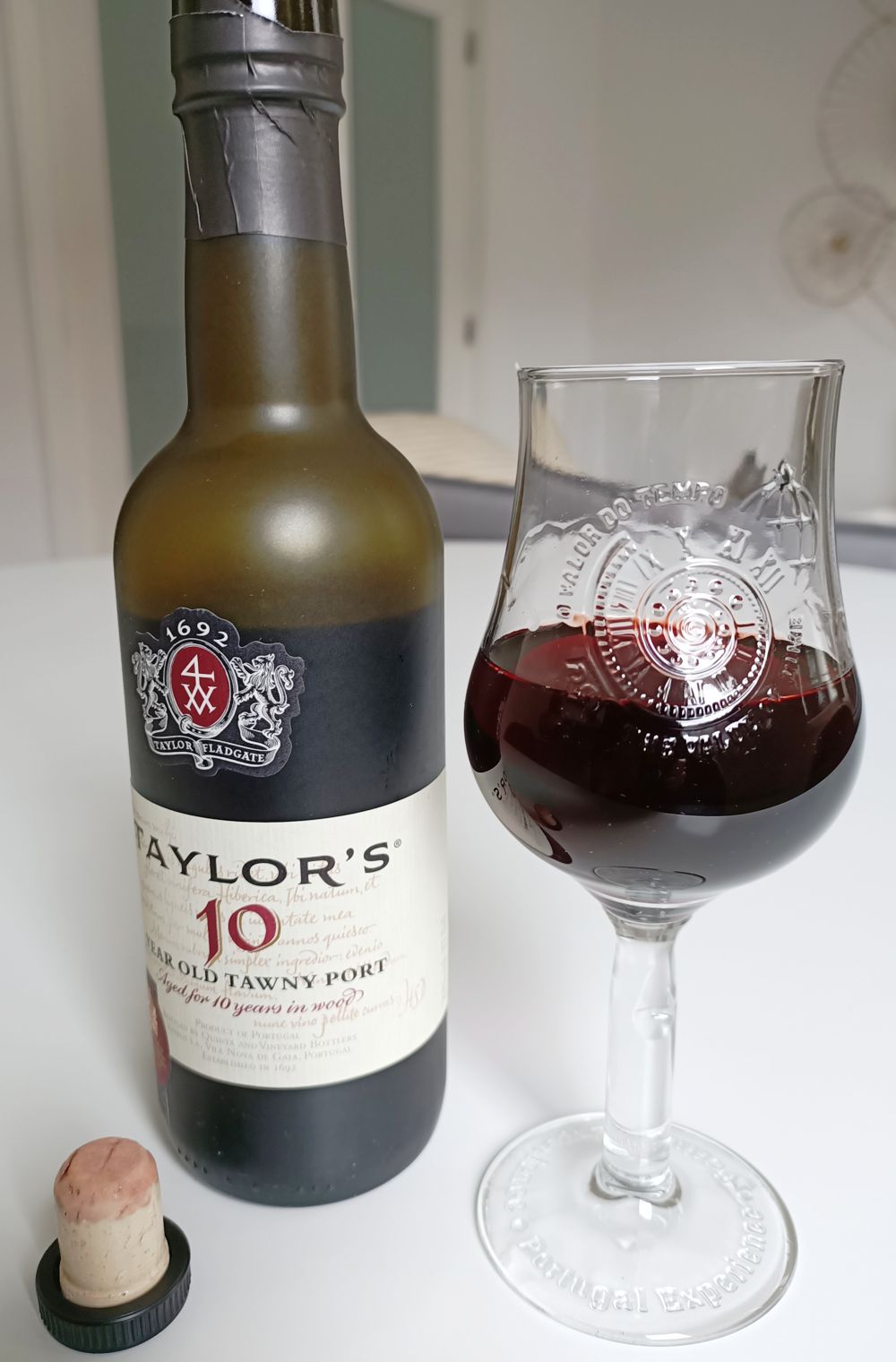
Tawny Port is a type of Port wine.
Port wine is a sweet, fortified wine from the Duoro region in Portugal.
Fortified wines are wines that have grape spirit added to them which stops the fermentation of the wine and increases the alcohol content.
Tawny Port is a sweet, full-bodied wine that ranges from tawny (more brown than red) to brown (no redness) in color.
As Tawny Port ages the primary fruit flavors fade and transform into dried fruit flavors, such as raisins and prunes.
Tawny Ports can also have notes of walnut, chocolate, coffee and caramel and spices.
How Tawny Port wine is made

Port wine grapes are handpicked.
After they are handpicked, they are taken to the winery for sorting and destemming.
Then, the grapes are crushed.
This is sometimes done the traditional way with foot treading in special tanks known as lagares, but, nowadays, crushing can also be done using special machinery.
Foot treading is labour intensive and therefore expensive, so it is not widely used anymore; however, it is still used to make some premium Port wines.
Color and tannins are rapidly extracted from the skins during a short period of fermentation.
The natural sugars in the grape juice ferment into alcohol, creating wine.
When approximately half of the natural sugars have fermented, the fermentation process is stopped by adding a colorless, neutral grape spirit.
The fermented grape juice is drawn from the lagar into another vessel where it is blended with the grape spirit.
The grape spirit, also known as the “aguardante”, and wine are blended in a ratio of 4:1 (80% wine to 20% grape spirit).
Because half of the natural sugars remain, this creates a sweet wine.
The grape spirit also increases the alcohol level of the wine.
The fortified wine is drawn into large vats, either wooden or stainless steel, where it is left to settle.
How Tawny Port is aged
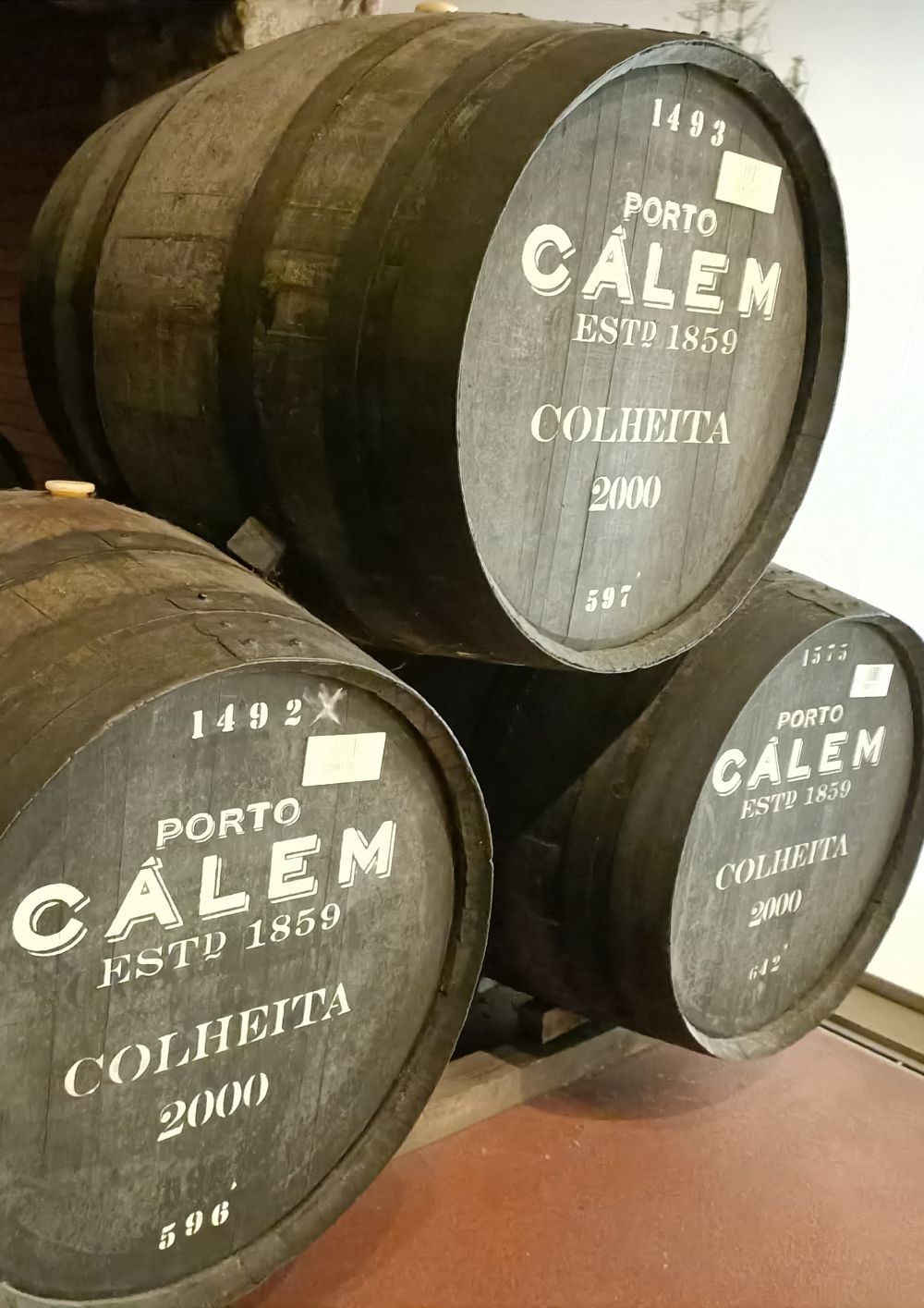
In the spring, following the harvest, the wine is racked to remove sediment or lees that the wine has thrown off.
The wine is transported down river from the vineyards to Vila Nova de Gaia for maturation.
Then, the winemaker evaluates the wine and a decision is made regarding what style of Port it will be used to make.
Tawny Port is aged in small barrels, called “pipas” that are part-filled with wine. The pipas are approximately 5/6 full, ensuring the wine is in contact with oxygen.
It is this contact with oxygen and wood that creates the oxidative notes in Tawny Port, as well as its color, which can range from Tawny (brownish) to brown color.
The longer a Tawny Port is aged, the darker and browner the color will be.
The smaller surface area of the pipas also ensures more contact with wood than in a large vat.
This contact with the wood also influences and changes the flavors and color of the wine.
Types/styles of Tawny Port wine
Tawny Port wine is made in a number of different styles.
They have different names and vary in quality, color and flavor.
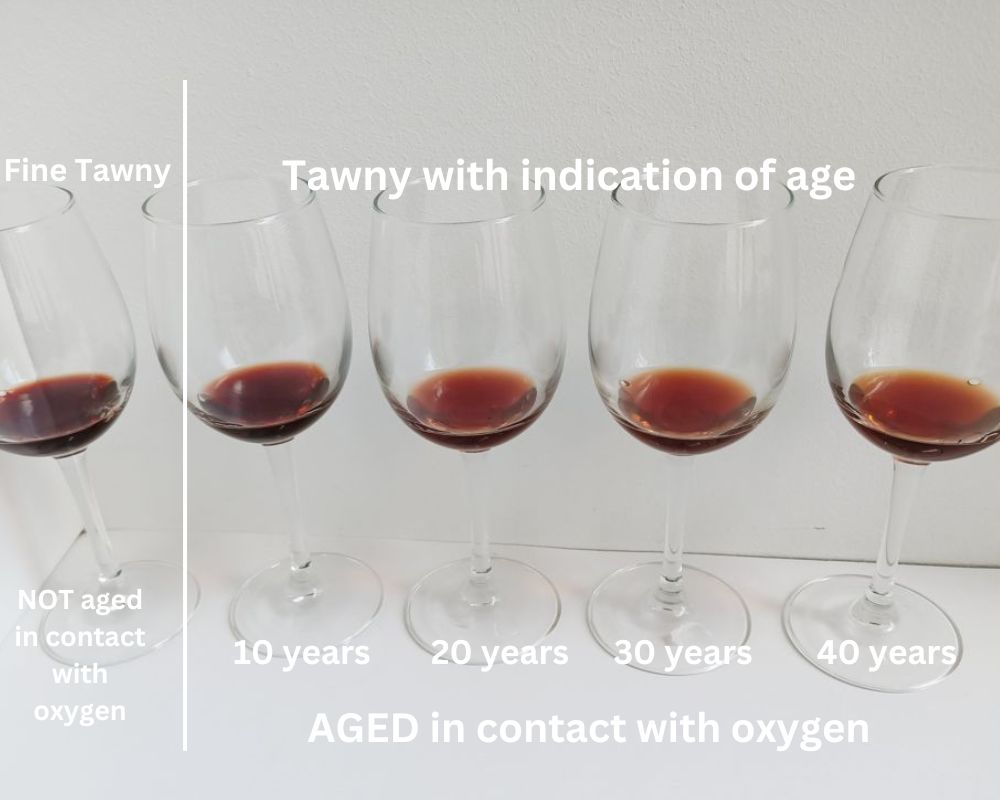
Fine Tawny Port
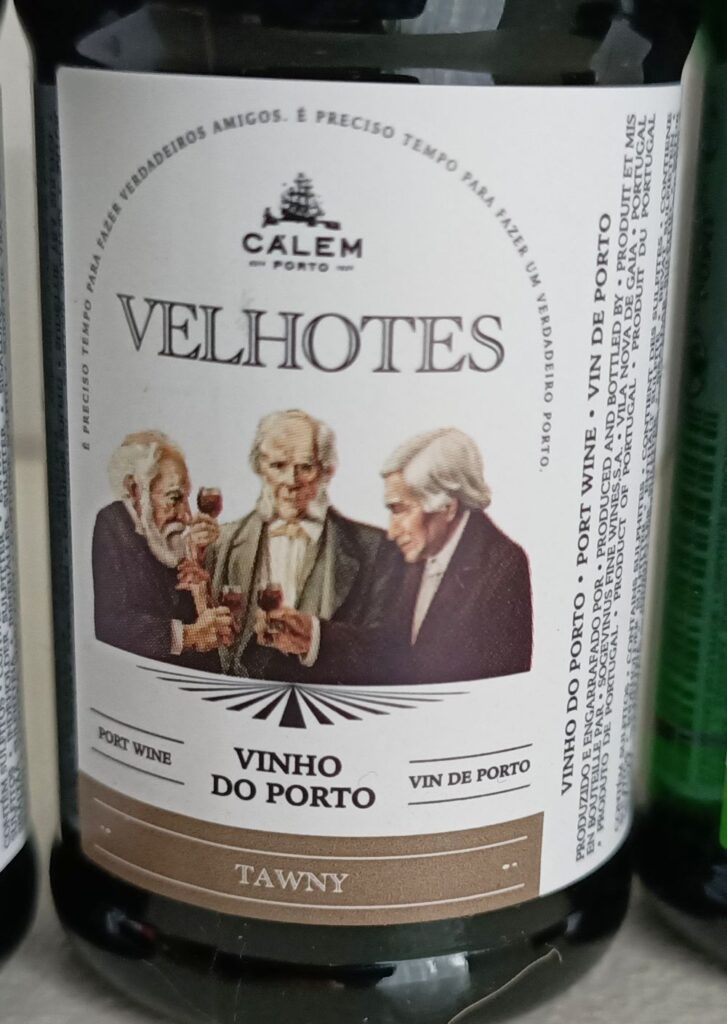
Often called Fine Tawny, they are typically aged between one and three years.
While Fine Tawny wine appears brownish in color, it is not aged oxidatively.
The brownish color can be achieved in a number of ways.
Some have White Port added to adjust the color, but lighter colored wines from the Baixo Corgo are more commonly used.
These inexpensive Tawny Ports are, essentially, a paler-colored Ruby Port.
Tawny with indication of age

These wines are matured for long periods in contact with oxygen and they are the finest of all Tawny Ports.
The best Tawny Ports with indication of age are highly concentrated and complex.
They are aged in special small barrels called “pipas”.
They are made by blending wines from different harvests to achieve particular flavors, colors and aromas.
The age stated on the label refers to the average age of the wine, rather than being an indication of the youngest wine in the blend.
Tawny Ports with indication of age can be labelled 10, 20, 30, 40 and sometimes even 50 years.
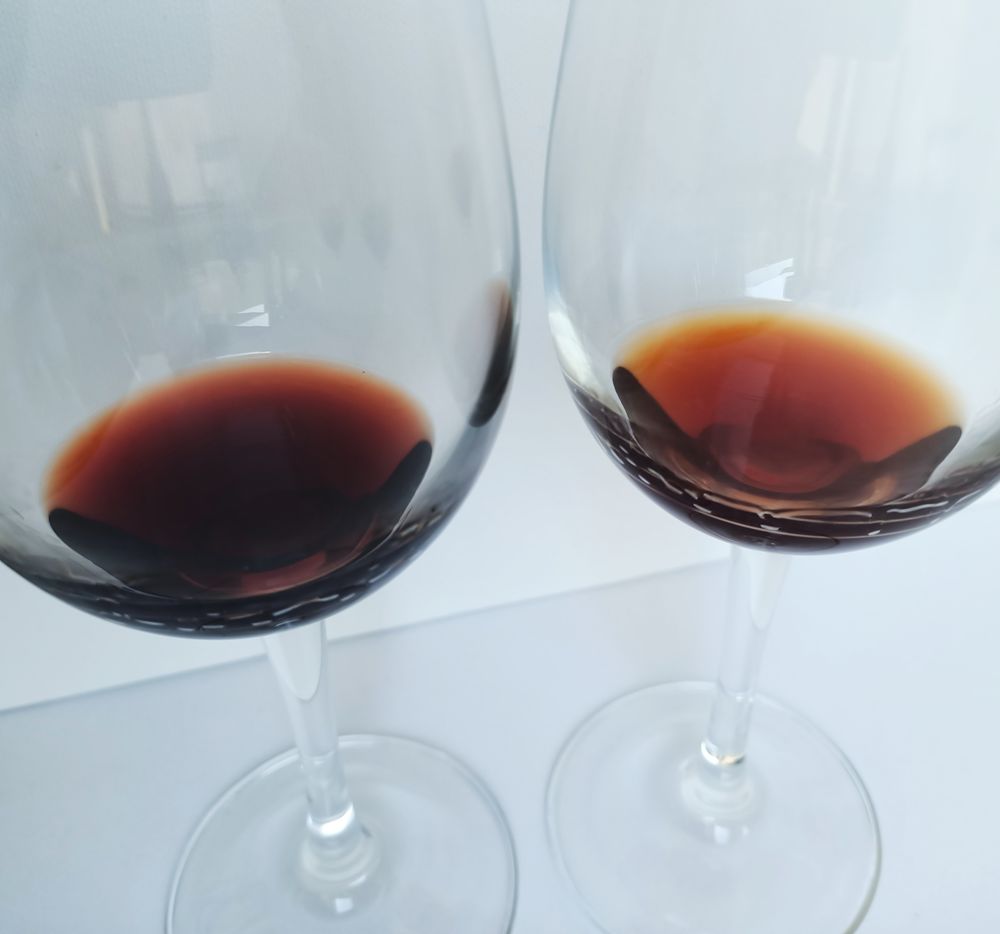
Reserve Tawny Port
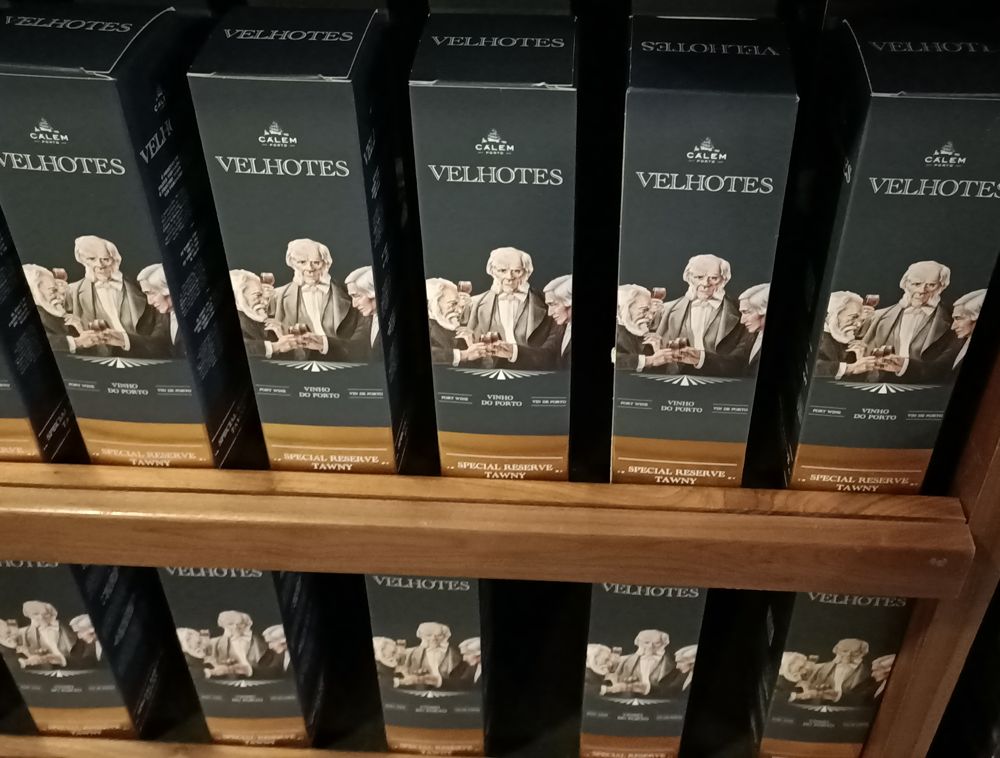
Reserve/Reserva Tawny Port is higher quality wine than the more basic wines.
They must be aged in pipas for a minimum of six years.
Reserve Tawny is made by blending wines of different harvests and ages (each aged at least 6 years).
They are usually golden-brown in color and have balanced aromas of dried fruit, spice and a hint of wood.
An official tasting panel determines suitability for this category.
Colheita Tawny
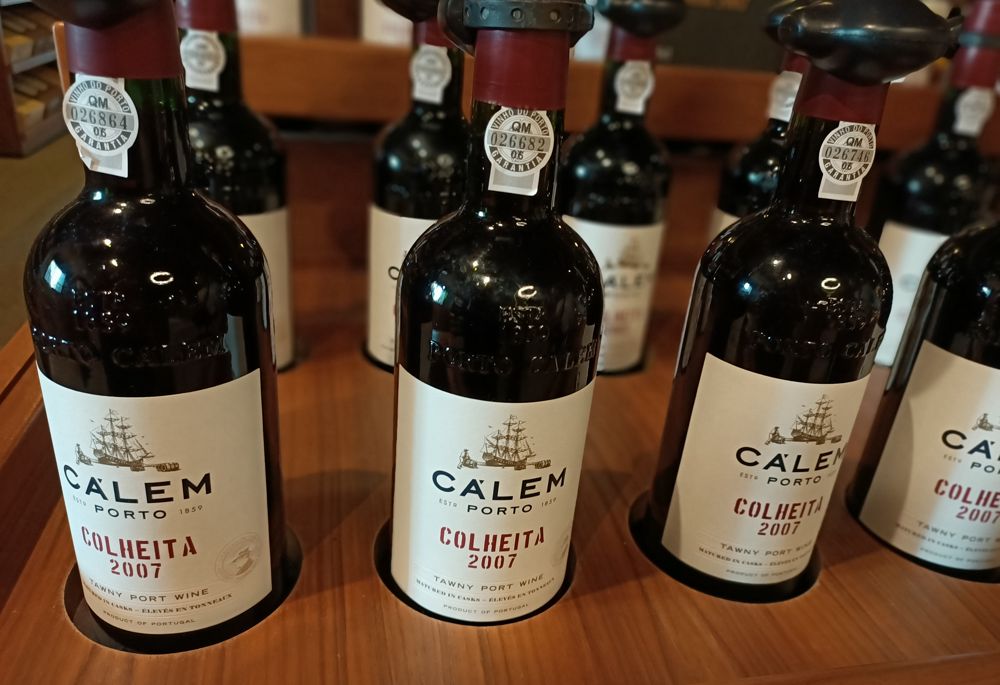
Colheita is a Tawny wine is made from a single harvest (year).
They mature in “pipas” for a minimum of seven years in small oak vessels and can age sometimes for up to 100 years.
They develop kernel and oxidative flavors (walnut, coffee, caramel).
They have a tawny or even brown appearance rather than the ruby or purple colors of Vintage Ports.
They do not need to be decanted and should be drank as close to the bottling date as possible.
This date is usually written on the label.
Tawny Port wine alcohol content
Port wine alcohol content is between 19-22% ABV.
For comparison, a regular bottle of wine is typically between 11-14.5% ABV.
Tawny Port vs Ruby Port
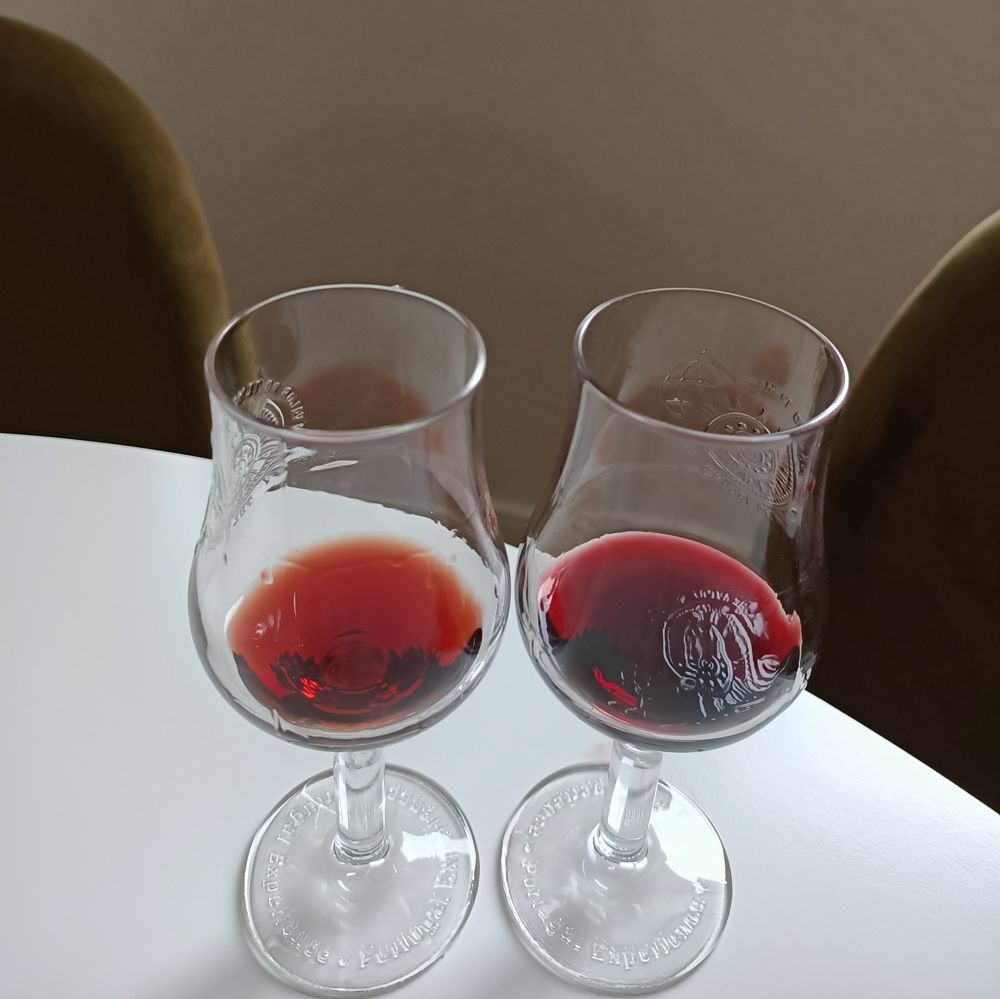
Tawny and Ruby Ports are made in the same way, but they are aged differently which results in different colors and flavors.
Ruby Port is ruby in color with berry, chocolate and cinnamon notes. Tawny Port is tawny to brown in color with dried fruit, walnut, chocolate, coffee and caramel notes.
For a comprehensive look at Ruby vs Tawny Port, see our article Ruby vs Tawny Port.
How to serve Tawny Port
Tawny Port is ready to drink and does not need to be decanted.
Serve Tawny Port slightly chilled between 14-16 °C (57-61℉).
For more information on serving Port wine, see our comprehensive guide on how and when to serve Port wine.
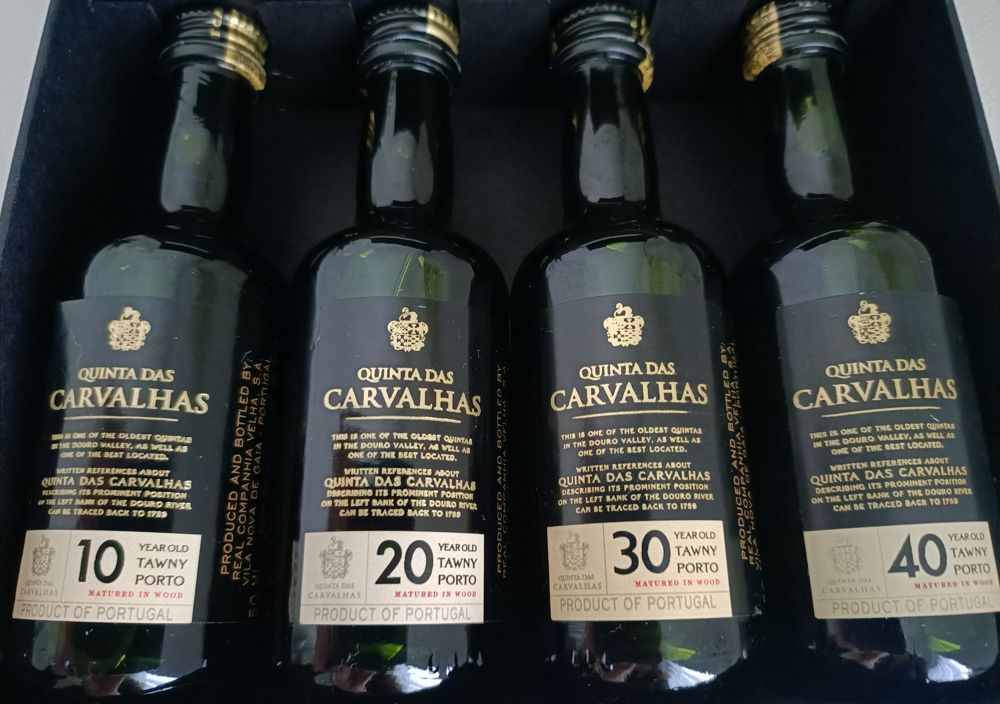
How to store Tawny Port wine
Ensure to keep Port wine (open and unopened) away from sunlight, bright lights and warm temperatures.
Unopened Port does not need to be stored in the fridge, but you can store it in a wine fridge if you have one.
Tawny Port does not need to be stored in the fridge after opening.
Store opened Tawny Port wine somewhere dark and cool to ensure freshness for as long as possible; for example, in a cupboard with the door closed and not sitting out on an open shelf.
Aged Tawny Port (10 years or more) can last 4-6 months after opening if stored properly.
A regular Tawny should be consumed within 1-2 month.
For more information on storing Port, see our article on how long Port wine lasts opened and unopened.
